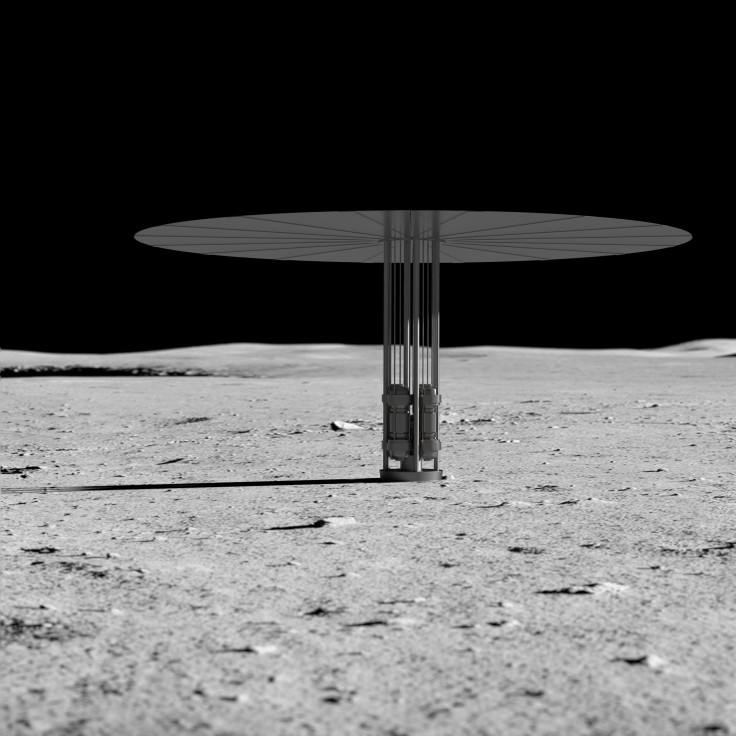Kilopower: NASA's Space Nuclear Reactor Successfully Clears Early Tests

NASA has successfully demonstrated the working of its Kilopower Nuclear Fission Reactor — a system designed to power bases on moon, Mars, and beyond and make deep-space exploration a reality.
The tests, dubbed Kilopower Reactor Using Stirling Technology (KRUSTY) experiment, were conducted at National Nuclear Security Administration’s (NNSA) Nevada facility over last five months. Though the tech is still a prototype, it worked as the agency expected and generated electricity with fission power, while demonstrating signs of stability and safety.
“We threw everything we could at this reactor, in terms of nominal and off-normal operating scenarios and KRUSTY passed with flying colors,” David Poston, the chief reactor designer at NNSA’s Los Alamos National Laboratory, said in a NASA statement.
The small, lightweight system, according to the space agency, uses solid, cast uranium-235 as fuel, which undergoes fission reactions to generate heat and convert that into electricity. When fully developed, it should be able to generate 10 kilowatts of power, which is enough to run several households for up to 10 years.
During the recent tests, which were conducted in four phases, scientists and engineers at NASA checked how the whole thing worked and dealt with failures. In the first two powerless phases, they checked how every component of the system worked, while the next two phases, they heated the core and checked the complete functioning of the reactor.
As part of the final phase, scientists simulated a 28-hour long mission which included everything, from starting the reactor and ramping up its power to holding its operation and finally shutting it down. According to a Gizmodo report, the reactor produced an output greater than four kilowatts at temperatures going around 800 degrees Celsius with a whopping 35 percent power efficiency.
The experiment even included a few failure points — such as a sudden decrease in power, engine failure, or failure of heat pipes — but the system kept working despite those glitches.
“We put the system through its paces,” lead Kilopower engineer Marc Gibson said. “We understand the reactor very well, and this test proved that the system works the way we designed it to work. No matter what environment we expose it to, the reactor performs very well.”
That said, the nuclear reactor would be the key to the agency’s upcoming deep-space missions to Moon, Mars, and beyond.
“Safe, efficient and plentiful energy will be the key to future robotic and human exploration,” Jim Reuter, NASA’s acting associate administrator for the Space Technology Mission Directorate (STMD) in Washington, said in the same statement. “I expect the Kilopower project to be an essential part of lunar and Mars power architectures as they evolve.”
As the tech is not dependent on solar energy, it is being seen as an essential element for lunar and Martian missions. On moon where nights are equal to 14 Earth days, the reactor could come handy enabling astronomers to explore shadowed craters, while on Mars it could provide power during prolonged "sunlight-reducing" dust storms or enable landing at high-northern latitudes where ice might be present.
For now, the agency will conduct additional risk-reduction activities on the reactor project to prepare it for future flight testing sometime in the future.
© Copyright IBTimes 2025. All rights reserved.




















